See How Easily You Can Revitalize Your Pale Crested Gecko!
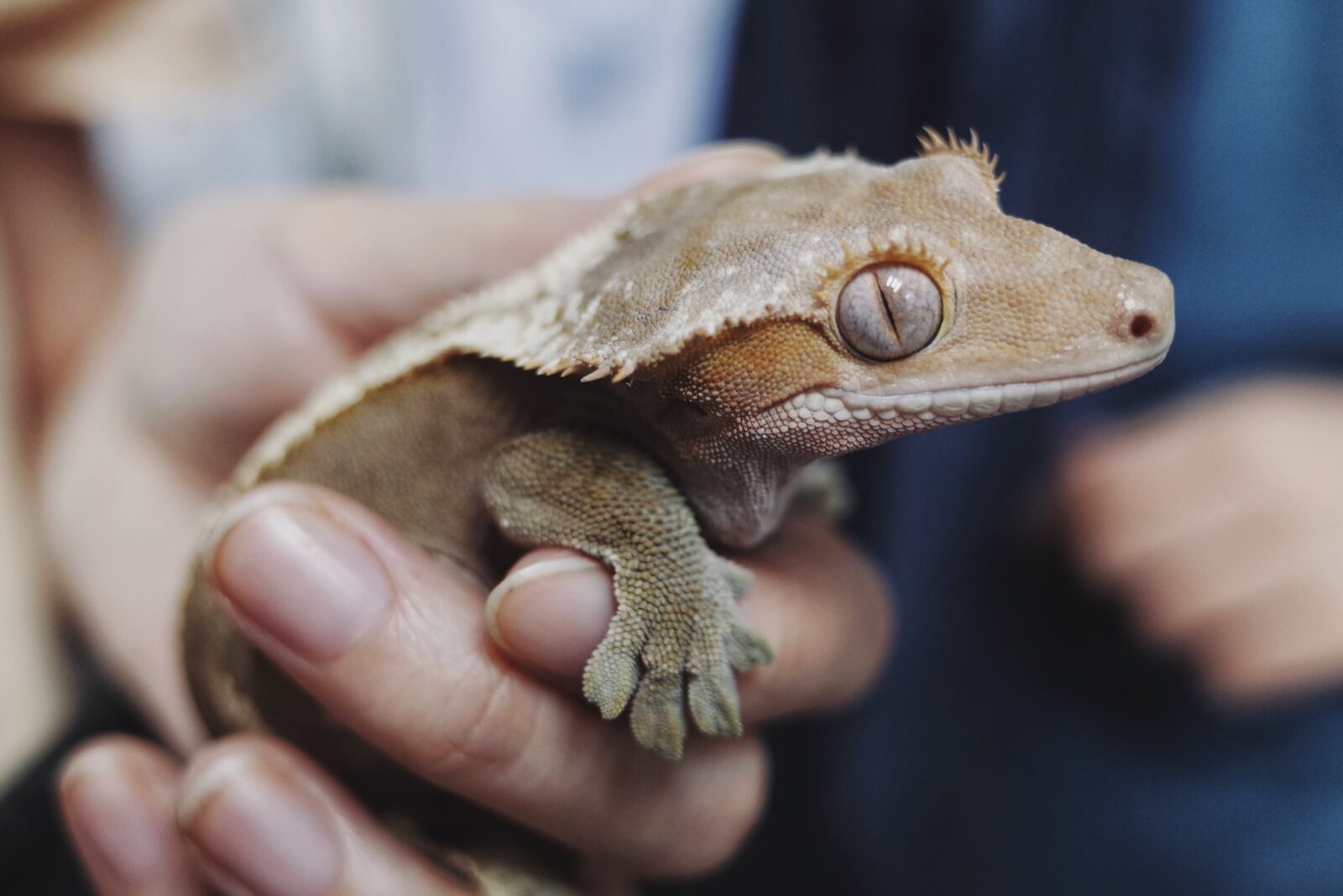
Introduction
Is your crested gecko looking pale? Is he or she not eating well or losing appetite? Are toe pads not sticking to the glass? Don’t worry! I have the perfect solution for you!
In this post, we’ll explore the underlying reasons behind your pale crested gecko’s appearance and provide a step-by-step guide to rejuvenate your crestie!
Let’s get started!
Quick Answer:
A crested gecko may be pale for a number of reasons. Most of the time, it is because the gecko is shedding its skin. The shed skin has a foggy white appearance and can give the false illusion that it is pale from sickness. Other reasons are that it is aging, experiencing environmental changes, or currently distressed. All of these other reasons may cause the gecko to “fire down”, leading to a dull appearance.
Table of Contents
4 Reasons for Pale Crested Gecko Coloring:
1. Shedding

Your crested gecko is probably looking a bit pale because its in the process of shedding its skin. The old skin will turn to a foggy white color and give the appearance of a pale crested gecko.
Not to worry! This process usually takes a couple of days at most and your crested gecko will begin looking much more vibrant after the process.
If you are still concerned with the shedding process, you can check the humidity and make sure it is around 60-70%. Ensure that the temperature in the enclosure is not too hot or cold. A good temperature range is around 69 to 74 degrees Fahrenheit.
During the shedding process, your gecko may be unable to climb smooth surfaces effectively because the skin surrounding their toe pads is also in the process of shedding.
2. Environmental Changes or Stresses
Many times, a crested gecko can “fire up” or “fire down” depending on the environmental stresses it encounters.
What is a Fired Up vs Fired Down Crested Gecko?
Like most lizards, a crested gecko has the ability to change color, well to a certain extent.
While animals like chameleons or cuttlefish have the ability to completely change their skin color at their will, crested geckos and many other lizards can only change the brightness of their skin color.
A “fired up” crested gecko is a crested gecko that is displaying its dark, vibrant colors while a “fired down” crested gecko is a gecko displaying lighter color shades and patterns.

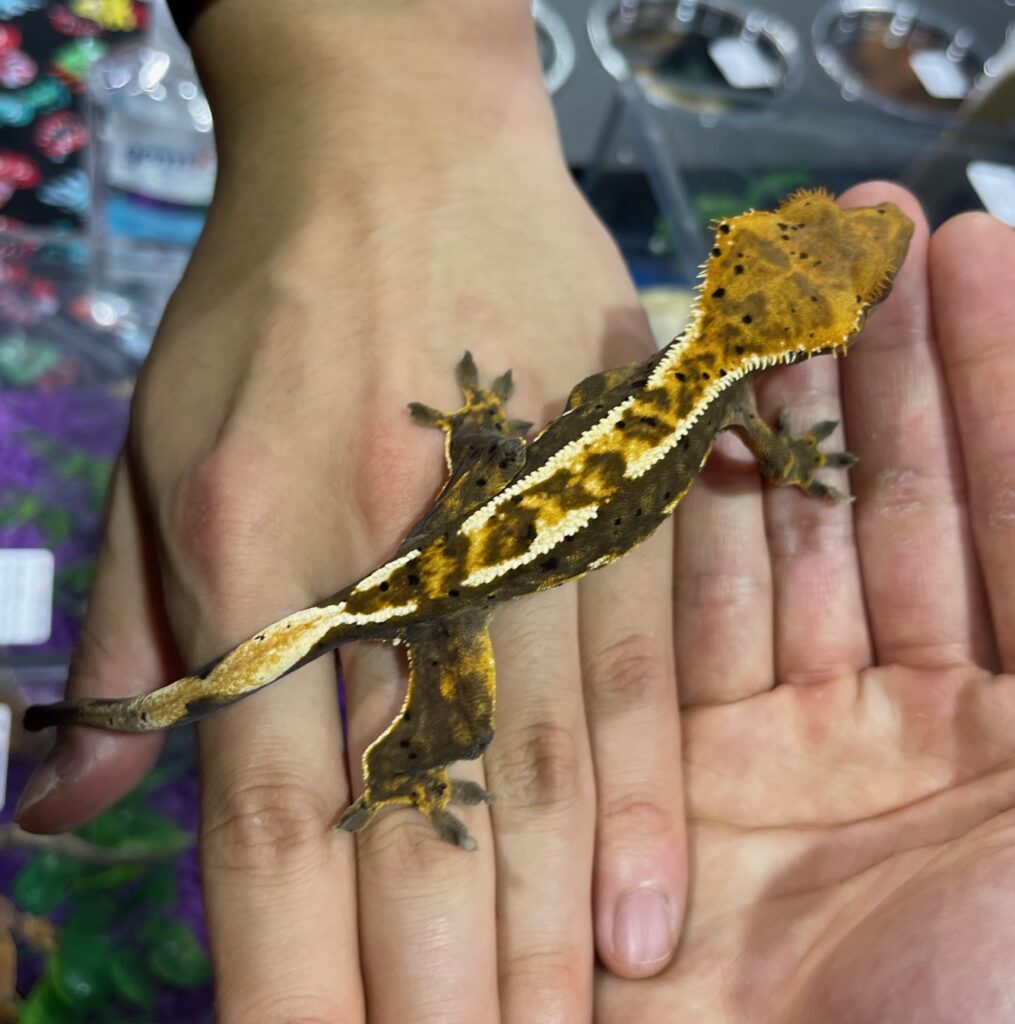
Typically, a gecko will fire up if it is physically or emotionally stressed. An increase in ambient temperature or humidity can usually cause this to happen.
If you are ever at a reptile expo, you may also notice that the crested geckos for sale appear to be more vibrant than normal (fired up). This is because the geckos are more stressed from the new environment changes, bright lights, and loud noises from the people in the expo.
In contrast, a crested gecko will fire down if it feels more comfortable and secure. My crested gecko tends to be fired down most of the time, and becomes fired up during the nights and after I mist his enclosure.
3. Natural Crested Gecko Aging

If your crested gecko is slowly becoming more pale, it may be because he or she is losing coloration due to age.
A crested gecko typically reaches full coloration and patterning once it is an adult, or around a year old.
Once the true coloring is achieved, the crested gecko gradually loses its vibrant color.
The gradual color changing should not be a cause for concern, as the process occurs over a long time span, and the results are not very noticeable most of the time.
In addition, not all crested geckos will go through this process as each crested gecko’s coloration varies considerably, along with their shedding rates and environmental triggers.
Over time, you will learn to understand your gecko, what causes it to change colors, its environmental triggers, and its shedding cycle.
4. Emotional State

For this section, it is more difficult to pinpoint what exactly may be causing your gecko to appear more pale.
The emotional state of many reptiles seems to have an effect on their behavior, appetite, and coloration. A combination of temperature, habitat, humidity, innate personality, and moodiness may play a part in whether your gecko is fired up or fired down.
For example, a lower temperature may cause a gecko to move slower, have less energy, and be moodier. As such, it may decide to remain a drab color until temperatures increase.
Also, some geckos may just be born more shy than others and, as a result, be fired down the majority of the time. On the other hand, other geckos may be more active and alert, constantly firing up their bodies and displaying their amazing colors!
Potential Dangers to be Aware of:
While a pale crested gecko is usually no cause for concern (since it is usually the result of the shedding process or the gecko being fired down), there are several things to look out for:
- If you notice the tail and toes of your crested gecko turning black, that could be a sign of dysecdysis, or an abnormality in the shedding process of reptiles. While this occurs more often in snakes, it could happen to your gecko as well.
- If there is a sudden onset of spots on your gecko and your gecko is not a dalmatian morph, it can be a sign of a fungal or viral illness.
- Any swelling of the abdomen, bloating, or loss of appetite are also signs of disease that should not be taken lightly.
If you notice anything worse than just some stuck shed, I highly recommend taking your crested gecko to a veterinarian.
Dysecdysis in a Nutshell
By far, the most common problem you will encounter with pale looking crested geckos is stuck shed. Any problems caused by the stuck shed or shedding process are categorized as dysecdysis.
Without going too in-depth, dysecdysis is the symptom of many potential ailments your reptile may be experiencing. It is important to correctly recognize the problem causing the dysecdysis and take the correct steps in treating it.
Dysecysis could be the result of poor husbandry (poor nutrition or incorrect temperature /humidity), bacterial diseases, parasites, thyroid issues, or mites.
If there are very mild signs of dysecdysis such as stuck shed on a small area of the gecko, there are several actions you can take to address it. If the following does not clear it up, I highly recommend taking your gecko to the vet to evaluate the root cause.
What You Can Do:

- Improve husbandry, including correct temperature and humidity, and placing more decor in the enclosure for the gecko to rub off its stuck shed
- Place a small humidity box filled with damp sphagnum moss inside the enclosure for the gecko to hide in
- Provide a shallow warm soak for 10-20 minutes. (Ex. Place several paper towels on a small Kritter Keeper bottom, filling it up a quarter inch of water. Let your gecko soak for some time)
- Carefully, manually remove any stuck shed if possible (Be super careful and use tweezers! Do not provide too much resistance!)
Guide to Rejuvenate your Crestie
If you are sure that your pale crested gecko does not have any serious ailments and just has stuck shed, follow this step-by-step guide on what you can do to help.
Related Questions
1. How Often do Crested Geckos Shed?
| Age of Crested Gecko | Shedding Rate |
| Baby | Weekly |
| Juvenile (6 to 14 months) | Every 2-3 weeks |
| Adult (14 months to 2 years) | Every 3-4 weeks |
| 2+ years | Monthly |
2. Why is my Crested Gecko not Eating?
There are several reasons why a crested gecko may stop eating. These include:
- Improper diet (gecko may get bored of the same powdered diet)
- Stress (a new environment or improper handling)
- Brumation (geckos may reduce appetite during the breeding season)
- Impaction (often caused by ingesting foreign objects or substrate)
- Lack of activity (Not enough decor or foliage for the gecko to climb on)
- Dehydration (Ensure there is fresh water available at all times)
- Poor husbandry (poor ventilation, inadequate humidity, small enclosure, etc.)
- Illness (metabolic bone disease, mites, infections, parasites, etc.)
- Shedding process (affects crested gecko’s appetite)
3. How Long can a Crested Gecko go Without Eating?
| Crested Gecko Age | Time Without Food |
| Hatchling (0 – 6 months) | 4 – 5 days |
| Juvenile (6 – 12 months) | 1 week |
| Adult (~1+ years) | 2-3 weeks |
While crested geckos can go without food for a relatively long period of time, they cannot live long without access to water.
4. Why is my Crested Gecko Turning White?
If your crested gecko appears to be a white color, it is most likely due to the “Lilly White” genetic trait. This trait results in a high white appearance in the gecko, with a solid white tail, and other distinct features.
Lilly white Crested gecko morph!

However, if your gecko is not a Lilly White, it could be a sign of an underlying health illness, such as stress or a fungal infection. Please take your gecko to a vet.
Take a look at my in-depth analysis of the red bearded dragon morph here 🙂
5. Do Crested Geckos Change Color?
Crested geckos have the ability to change the brightness of their color, more commonly known as “firing up” or “firing down“. They do not, however, have the ability to change their skin color in the way a chameleon can.
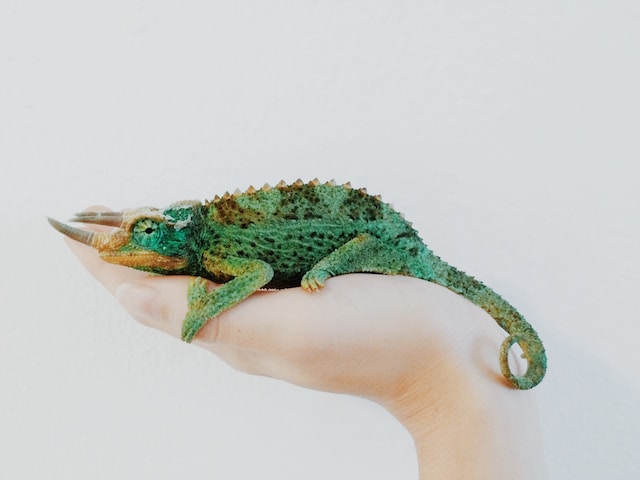
The process by which a chameleon changes color is called metachrosis.
Metachrosis is the ability of some animals to voluntarily change their color through special pigment cells’ expansion.
Conclusion
Here’s a quick recap of what we learned today:
Reasons Why Your Crested Gecko Appears Pale:
- Shedding: Crested geckos may appear pale during shedding, which normally takes a couple of days. Ensure 60-70% humidity and a temperature range between 69 and 74 degrees Fahrenheit. Geckos may struggle to climb due to the shed near the toe pads.
- Environmental Changes: Crested geckos may “fire up” and show vibrant colors under stress such as increased temperature, and “fire down” when they are more comfortable. Temporary brightness of color can indicate changes in their environment.
- Natural Aging: Once crested geckos reach adulthood, their color may naturally begin to fade. The process is natural and can vary between individuals.
- Mood: Your unique crested gecko’s personality can affect its emotional state, leading to a change in appearance. Learning what your crested gecko likes and improving its overall health can improve its emotional state.
What to Watch Out For:
- Be aware of blackening in the tail and toes, which can indicate dysecdysis, or abnormal shedding. Sudden spots appearing, loss of appetite, or swelling could be signs of disease. See a vet as soon as possible.
- Dysecdysis is a symptom of a larger problem but is typically seen as difficulty with shedding in reptiles. Address mild cases by improving husbandry, increasing humidity, providing warm soaks, and manually removing stuck shed.
Steps to Remove Stuck Shed:
- Analyze the Situation
- Increase Humidity and Provide Humidity Hide
- Offer a Shallow bath soak and rub the affected areas
- Consider using Tweezers to manually remove shed if needed
- Repeat as necessary
- Monitor and Maintain
Well, that’s it for this blog post! I hope you enjoyed reading about why a crested gecko may appear pale and learned how to liven up your pale crested gecko! How old is your crestie and how often does he or she shed? Let me know in the comments section below 🙂 Catch you later!
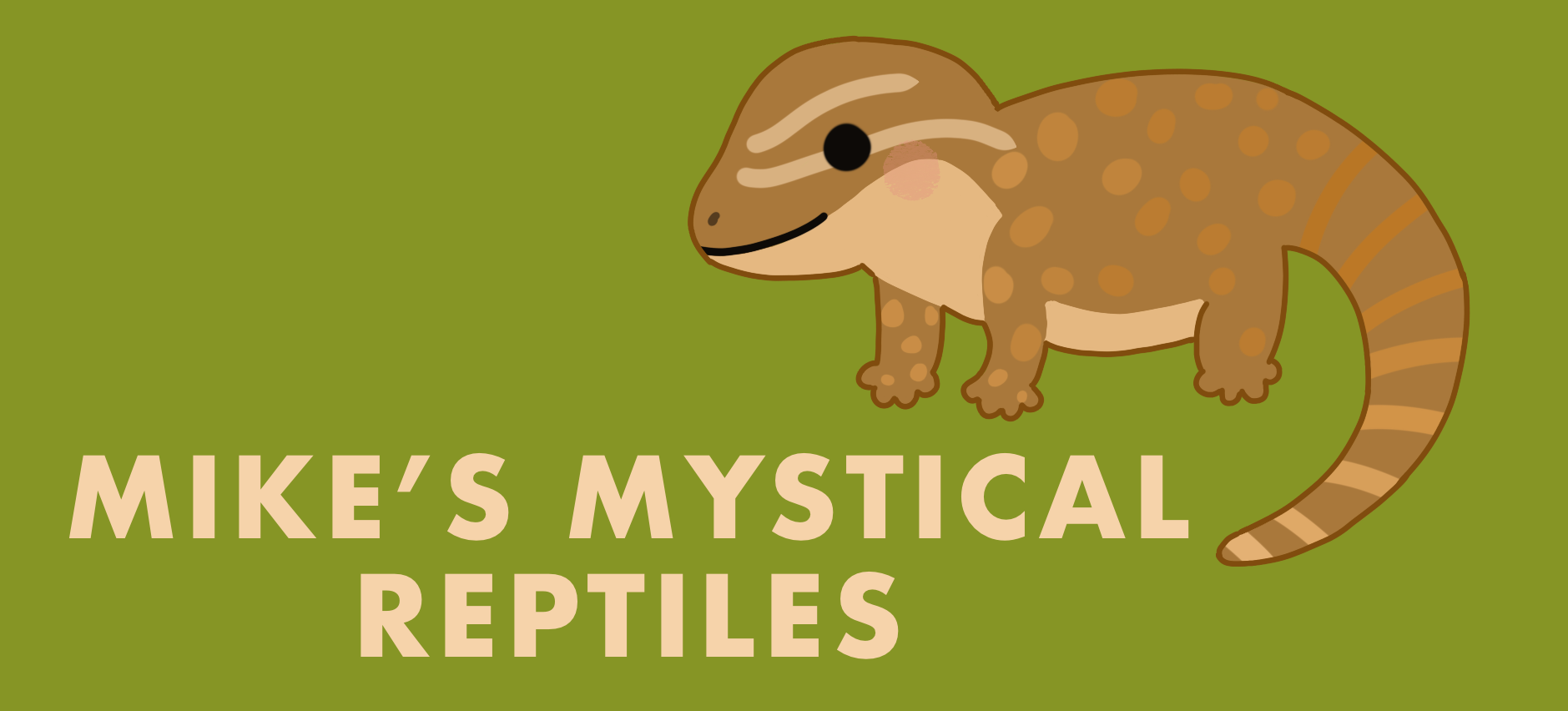

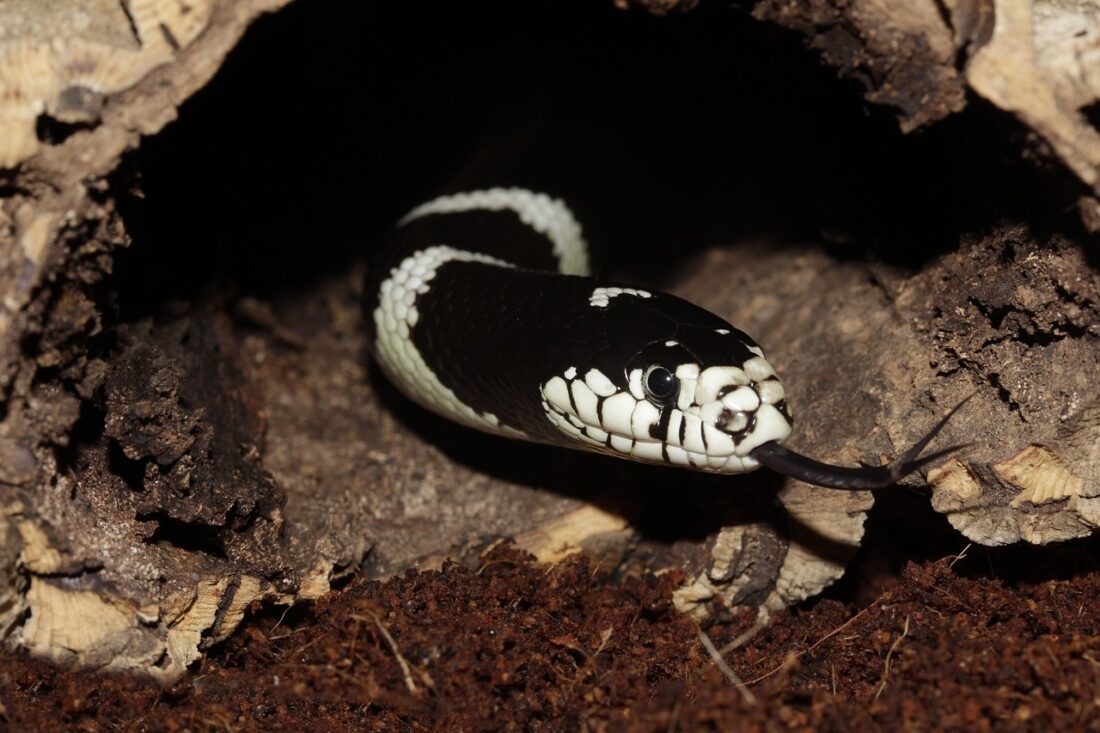
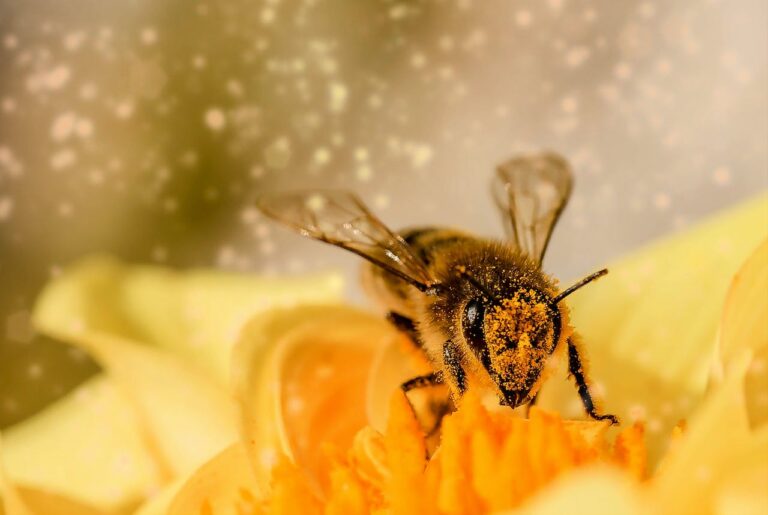
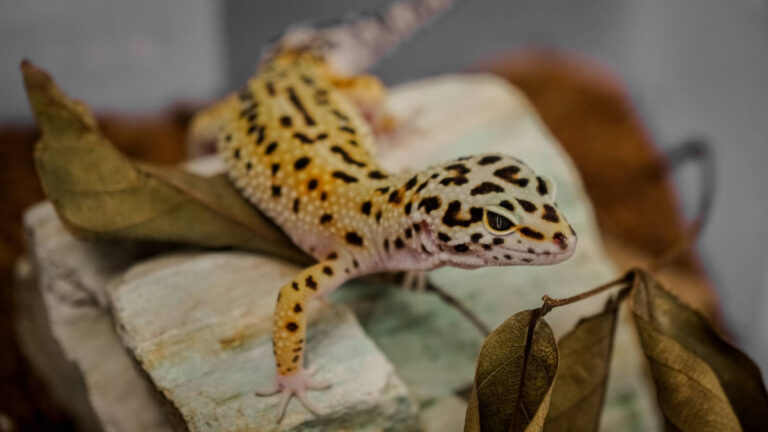
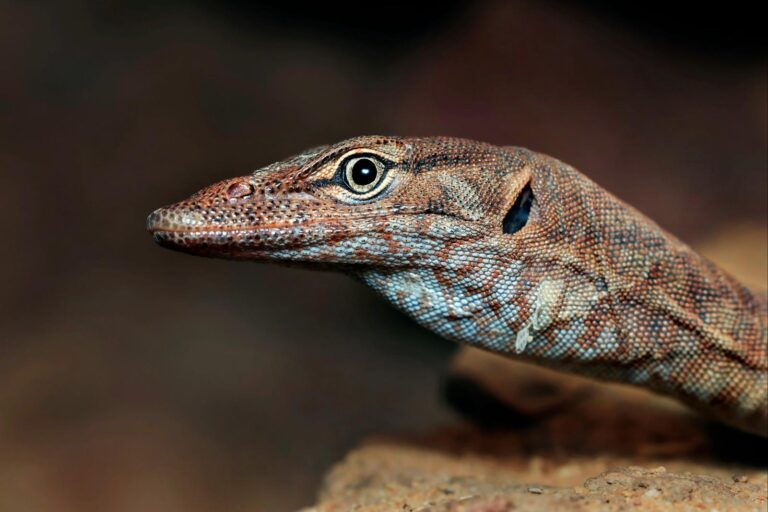
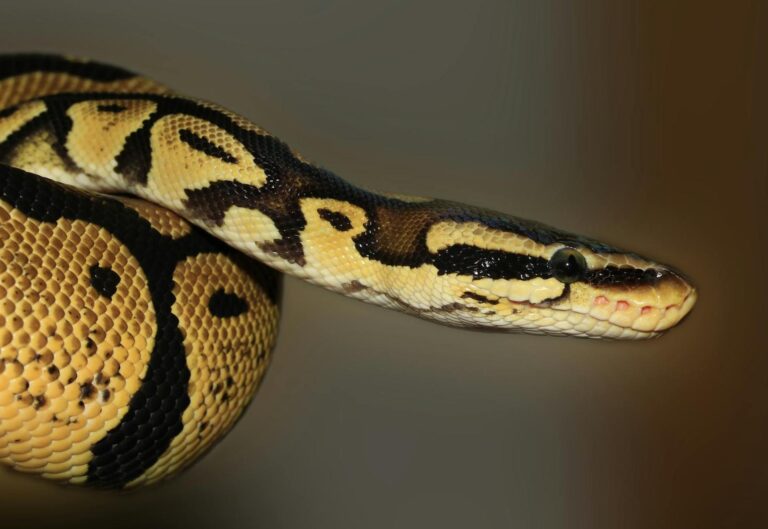
Hey Mike! Great article on how to rejuvenate pale crested geckos. I didn’t know that crested geckos could have such huge color variations depending on different factors!
Hey Jaden! I’m glad you found it helpful!